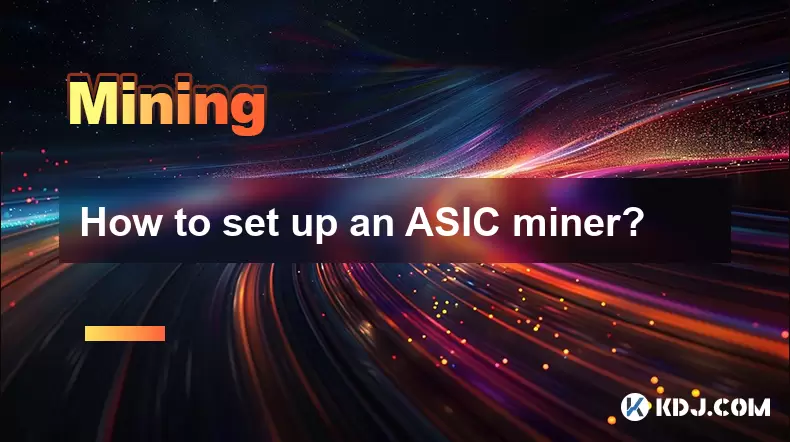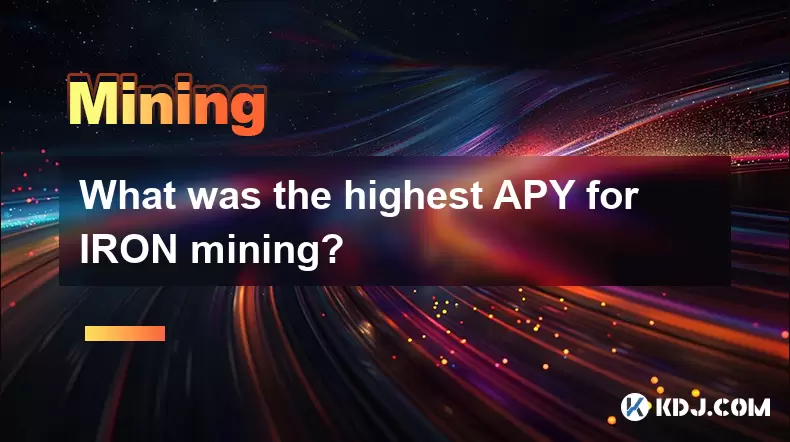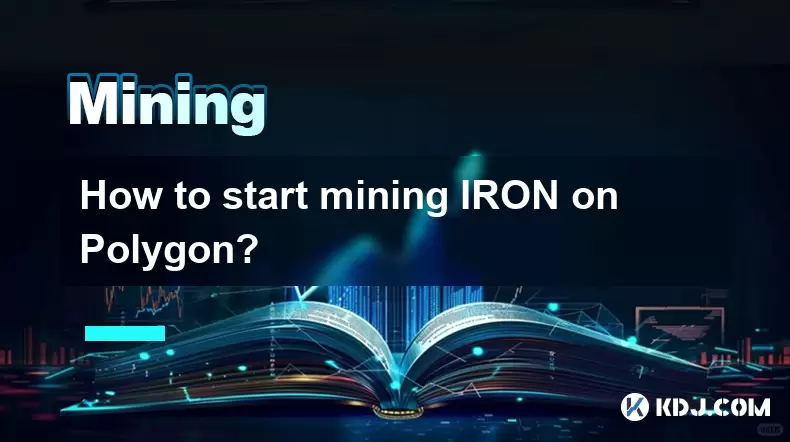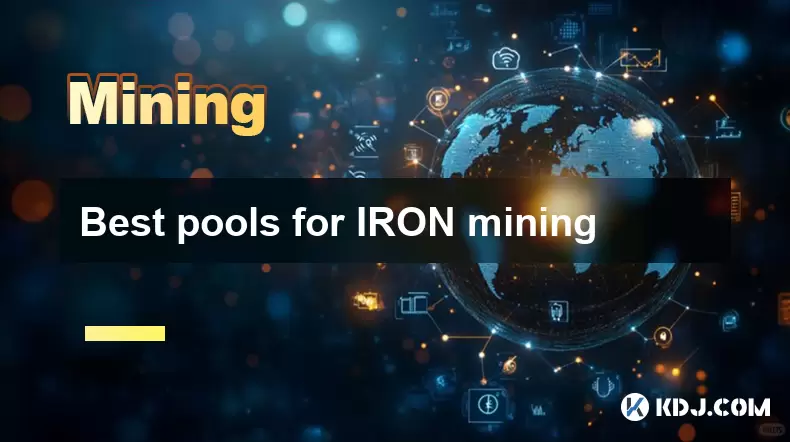-
 Bitcoin
Bitcoin $117900
0.31% -
 Ethereum
Ethereum $3766
0.28% -
 XRP
XRP $3.176
-0.31% -
 Tether USDt
Tether USDt $1.000
0.00% -
 BNB
BNB $795.6
1.51% -
 Solana
Solana $186.8
-1.09% -
 USDC
USDC $0.9999
-0.01% -
 Dogecoin
Dogecoin $0.2353
-1.33% -
 TRON
TRON $0.3226
1.49% -
 Cardano
Cardano $0.8172
-1.08% -
 Sui
Sui $4.178
3.06% -
 Hyperliquid
Hyperliquid $43.05
-3.39% -
 Stellar
Stellar $0.4367
-0.57% -
 Chainlink
Chainlink $18.62
1.47% -
 Hedera
Hedera $0.2828
6.63% -
 Bitcoin Cash
Bitcoin Cash $584.7
5.65% -
 Avalanche
Avalanche $24.81
2.53% -
 Litecoin
Litecoin $112.8
-0.88% -
 UNUS SED LEO
UNUS SED LEO $8.975
-0.08% -
 Shiba Inu
Shiba Inu $0.00001395
-1.07% -
 Toncoin
Toncoin $3.285
-1.05% -
 Ethena USDe
Ethena USDe $1.001
0.01% -
 Polkadot
Polkadot $4.123
0.76% -
 Uniswap
Uniswap $10.49
-0.18% -
 Monero
Monero $326.5
0.14% -
 Dai
Dai $0.9999
-0.02% -
 Bitget Token
Bitget Token $4.576
0.34% -
 Pepe
Pepe $0.00001247
-1.55% -
 Cronos
Cronos $0.1400
3.77% -
 Aave
Aave $295.1
-0.73%
How to set up an ASIC miner?
Set up your ASIC miner by connecting power and Ethernet, accessing its web interface via IP, and configuring a mining pool with your wallet address and worker name.
Jul 27, 2025 at 06:49 pm

Understanding ASIC Miners and Their Role in Cryptocurrency
An ASIC miner (Application-Specific Integrated Circuit) is a specialized hardware device designed exclusively for mining cryptocurrencies like Bitcoin. Unlike general-purpose hardware such as CPUs or GPUs, ASICs are optimized to perform a single hashing algorithm, making them significantly more efficient. The most common algorithm used is SHA-256, which is employed by Bitcoin and Bitcoin Cash. When setting up an ASIC miner, it’s crucial to understand that these devices are not plug-and-play in the traditional sense. They require specific network configurations, power supplies, and mining pool connections to function properly. Before beginning the setup, ensure that the ASIC model you own supports the cryptocurrency you intend to mine.
Unboxing and Physical Setup of the ASIC Miner
Begin by carefully unboxing the ASIC miner and verifying that all components are present. Most ASICs come with the mining unit, power supply unit (PSU), power cables, and an Ethernet cable. Some models may include a rack mount kit or additional cooling accessories. Place the miner in a well-ventilated area, as ASICs generate substantial heat during operation. Ensure the surface is stable and can support the device’s weight. Connect the power cables from the PSU to the miner, making sure the connections are secure. Use only the PSU recommended by the manufacturer, as underpowered or incompatible units can damage the hardware. Connect the Ethernet cable from the miner to your router or network switch. Do not use Wi-Fi, as ASICs require a stable and high-speed wired connection.
Powering On and Accessing the Miner’s Web Interface
After physical connections are complete, plug the PSU into a reliable power source. Press the power button on the miner or PSU, depending on the model. The device will boot up, and lights on the front panel will indicate its status. Wait for the miner to obtain an IP address from your network via DHCP. To find the IP address, log into your router’s admin panel and look for connected devices. Look for a device with a name that matches your ASIC brand, such as Antminer, WhatsMiner, or Innosilicon. Once you have the IP address, open a web browser and enter it into the address bar. This will take you to the mining device’s web interface. The default login credentials are typically root/admin or admin/admin. Change these immediately after logging in for security.
Configuring Mining Pool and Wallet Settings
The next step is configuring the miner to connect to a mining pool. A mining pool combines the computational power of multiple miners to increase the chances of earning block rewards, which are then distributed proportionally. Choose a reputable pool such as F2Pool, Slush Pool, or ViaBTC. You will need three pieces of information: the pool URL, your wallet address, and a worker name. In the web interface, navigate to the Miner Configuration or Pools tab. Enter the pool’s stratum URL (e.g., stratum+tcp://stratum.f2pool.com:3333). In the username field, input your cryptocurrency wallet address followed by a dot and a worker name (e.g., 1A1zP1eP5QGefi2DMPTfTL5SLmv7DivfNa.worker1). Enter the password—this is often left blank or set to x. Save the settings and allow the miner to reboot. Check the Miner Status page to confirm it is connected and submitting shares.
Monitoring Performance and Adjusting Hash Rate
Once the miner is operational, monitor its performance through the web interface. Key metrics include hash rate, accepted shares, rejected shares, and temperature. A healthy miner should show a hash rate close to its advertised capacity (e.g., 13.5 TH/s for an Antminer S19). High temperatures (above 80°C) may indicate poor ventilation and can reduce lifespan. Adjust fan speeds in the Advanced Settings if necessary. Some miners allow frequency tuning to balance power consumption and performance. Access the Frequency or Power Mode settings and select a preset such as High Performance, Balanced, or Low Power. Observe the changes in hash rate and temperature after each adjustment. Use third-party tools like Awesome Miner or Minerstat for centralized monitoring if managing multiple devices.
Securing and Maintaining Your ASIC Miner
Security is essential when running an ASIC miner. Change the default login credentials immediately. Disable remote management if not needed. Ensure your router’s firewall is active and consider setting up a separate VLAN for mining devices. Regularly check for firmware updates on the manufacturer’s official website. Download and install updates through the web interface to patch vulnerabilities and improve efficiency. Clean dust from the miner’s filters and fans every two weeks using compressed air. Dust buildup can cause overheating and hardware failure. Monitor your electricity costs, as ASICs consume significant power. Use a power meter to measure actual consumption and calculate profitability based on current cryptocurrency prices.
Frequently Asked Questions
Can I use a home router for my ASIC miner?
Yes, a standard home router works as long as it provides a stable Ethernet connection and supports DHCP. Ensure the router is not overloaded with too many devices, as network congestion can lead to rejected shares.
What should I do if my miner shows 0.00 TH/s?
Check if the miner is properly connected to power and the network. Verify that the pool settings are correct and that the pool URL is reachable. Restart the miner and confirm that the firmware is up to date.
Is it safe to run an ASIC miner indoors?
Running an ASIC miner indoors is possible but requires attention to noise and heat. These devices can produce 70–80 dB of noise and emit substantial heat. Use in a garage, basement, or dedicated room with ventilation and sound insulation.
How do I know if my miner is mining successfully?
Log into your mining pool account and check if your worker appears online with a reported hash rate. Accepted shares should increase over time. Cross-reference this with the hash rate shown on the miner’s web interface.
Disclaimer:info@kdj.com
The information provided is not trading advice. kdj.com does not assume any responsibility for any investments made based on the information provided in this article. Cryptocurrencies are highly volatile and it is highly recommended that you invest with caution after thorough research!
If you believe that the content used on this website infringes your copyright, please contact us immediately (info@kdj.com) and we will delete it promptly.
- Cryptos to Watch in 2025: Punisher Coin, Chainlink, and the Altcoin Arena
- 2025-07-27 18:30:13
- Bitcoin, Altcoins, Rebound: Navigating the Crypto Comeback Trail
- 2025-07-27 18:30:13
- Ethereum, Bitcoin, and Altcoins: A Shift in Crypto Tides?
- 2025-07-27 19:10:13
- Windtree Therapeutics' Bold BNB Strategy: A $520 Million Crypto Play
- 2025-07-27 19:10:13
- Solana, Staking, and Unilabs: What's the Buzz in the Crypto Space?
- 2025-07-27 16:50:13
- VeChain, HBAR, Remittix: Navigating the Crypto Landscape in 2025
- 2025-07-27 17:10:12
Related knowledge

What was the highest APY for IRON mining?
Jul 23,2025 at 05:14am
Understanding IRON Token and Its Mining MechanismThe IRON token is a stablecoin that operates within the Iron Finance ecosystem, primarily on blockcha...

What is impermanent loss in IRON pools?
Jul 23,2025 at 09:00am
Understanding Impermanent Loss in the Context of IRON PoolsImpermanent loss is a phenomenon that affects liquidity providers in decentralized finance ...

How to claim rewards from IRON mining?
Jul 23,2025 at 02:21pm
Understanding IRON Mining and Reward MechanismsIRON Finance operated as a decentralized finance (DeFi) protocol on the Polygon and Binance Smart Chain...

IRON mining tutorial for beginners
Jul 27,2025 at 12:01am
What Is IRON and How Does It Work in the Cryptocurrency Ecosystem?IRON is a cryptocurrency token that operates on the Binance Smart Chain (BSC) and is...

How to start mining IRON on Polygon?
Jul 23,2025 at 08:00pm
Understanding IRON and Its Role on PolygonIRON is a decentralized, algorithmic stablecoin designed to maintain a 1:1 peg with the US dollar. It operat...

Best pools for IRON mining
Jul 26,2025 at 03:56am
Understanding IRON Mining and Its Unique MechanismIRON (Iron Finance) was a decentralized finance (DeFi) project that aimed to create a multi-chain al...

What was the highest APY for IRON mining?
Jul 23,2025 at 05:14am
Understanding IRON Token and Its Mining MechanismThe IRON token is a stablecoin that operates within the Iron Finance ecosystem, primarily on blockcha...

What is impermanent loss in IRON pools?
Jul 23,2025 at 09:00am
Understanding Impermanent Loss in the Context of IRON PoolsImpermanent loss is a phenomenon that affects liquidity providers in decentralized finance ...

How to claim rewards from IRON mining?
Jul 23,2025 at 02:21pm
Understanding IRON Mining and Reward MechanismsIRON Finance operated as a decentralized finance (DeFi) protocol on the Polygon and Binance Smart Chain...

IRON mining tutorial for beginners
Jul 27,2025 at 12:01am
What Is IRON and How Does It Work in the Cryptocurrency Ecosystem?IRON is a cryptocurrency token that operates on the Binance Smart Chain (BSC) and is...

How to start mining IRON on Polygon?
Jul 23,2025 at 08:00pm
Understanding IRON and Its Role on PolygonIRON is a decentralized, algorithmic stablecoin designed to maintain a 1:1 peg with the US dollar. It operat...

Best pools for IRON mining
Jul 26,2025 at 03:56am
Understanding IRON Mining and Its Unique MechanismIRON (Iron Finance) was a decentralized finance (DeFi) project that aimed to create a multi-chain al...
See all articles

























































































